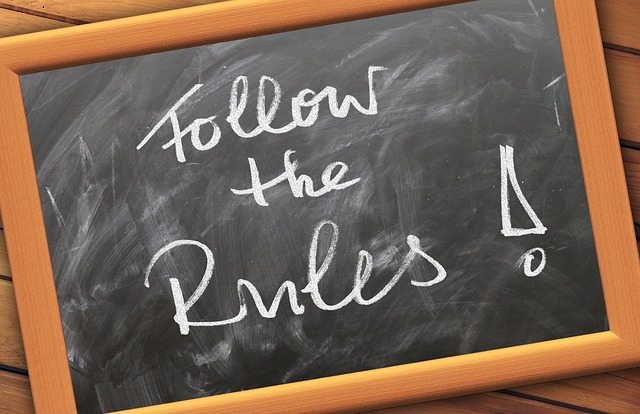Mastering Composition: Guidelines for Captivating Photos
When it comes to photography, composition is more than just arranging elements within the frame; it’s about telling a story, evoking emotions, and capturing the essence of what you see through your camera. Understanding the guidelines of composition can elevate your photos from ordinary to extraordinary, making them resonate deeply with your audience.
The Rule of Thirds
One of the fundamental guidelines in photography composition is the Rule of Thirds. Imagine your frame divided into a tic-tac-toe grid. By placing your subject at the intersections or along the lines, you create a more balanced and engaging photo. This technique not only draws the viewer’s eye but also enhances the overall aesthetic.
Leading Lines
Leading lines are powerful tools in photography that guide the viewer’s gaze through the image. These lines can be roads, rivers, or even architectural elements. Utilizing these natural patterns can create a sense of depth and invite the viewer into your photograph, making them feel part of the scene.
Framing Your Subject
Incorporating natural elements to frame your subject is an effective way to focus attention and add context. Whether it’s tree branches or doorways, these framing devices can enhance your photo’s composition, offering a clear focal point while also presenting an intriguing perspective.
Balance and Symmetry
While not every photograph needs to be perfectly balanced, achieving a sense of equilibrium can create a satisfying composition. Explore symmetry in your shots—especially in architecture or nature. Alternatively, consider asymmetrical balance, where different elements are placed strategically to maintain harmony.
Light and Shadow
Optics play a crucial role in photography, influencing how light and shadows interact within your frame. Be conscious of the time of day you shoot and the quality of light, as this can dramatically affect your composition. Use shadows to create depth and dimension, transforming an ordinary scene into something magical.
Experimentation and Creativity
While these guidelines are a solid foundation, don’t be afraid to push boundaries. Photography is an art form, and creativity thrives on experimentation. Try different angles, perspectives, and compositions to find your unique voice. Sometimes, breaking the rules can lead to the most captivating images.
Post-Processing for Enhanced Composition
Even the best shots can benefit from post-processing. Use editing software to refine your composition, adjusting elements like contrast, saturation, and cropping to ensure that your photo echoes your original vision. This final touch can elevate your work, making it truly stand out.
In the world of photography, mastering composition is an ongoing journey. By following these guidelines and continually experimenting, you’ll not only enhance your skills but also deepen your understanding of the photographic language that speaks to both you and your viewers. Grab your camera, explore, and let your images tell their stories.



